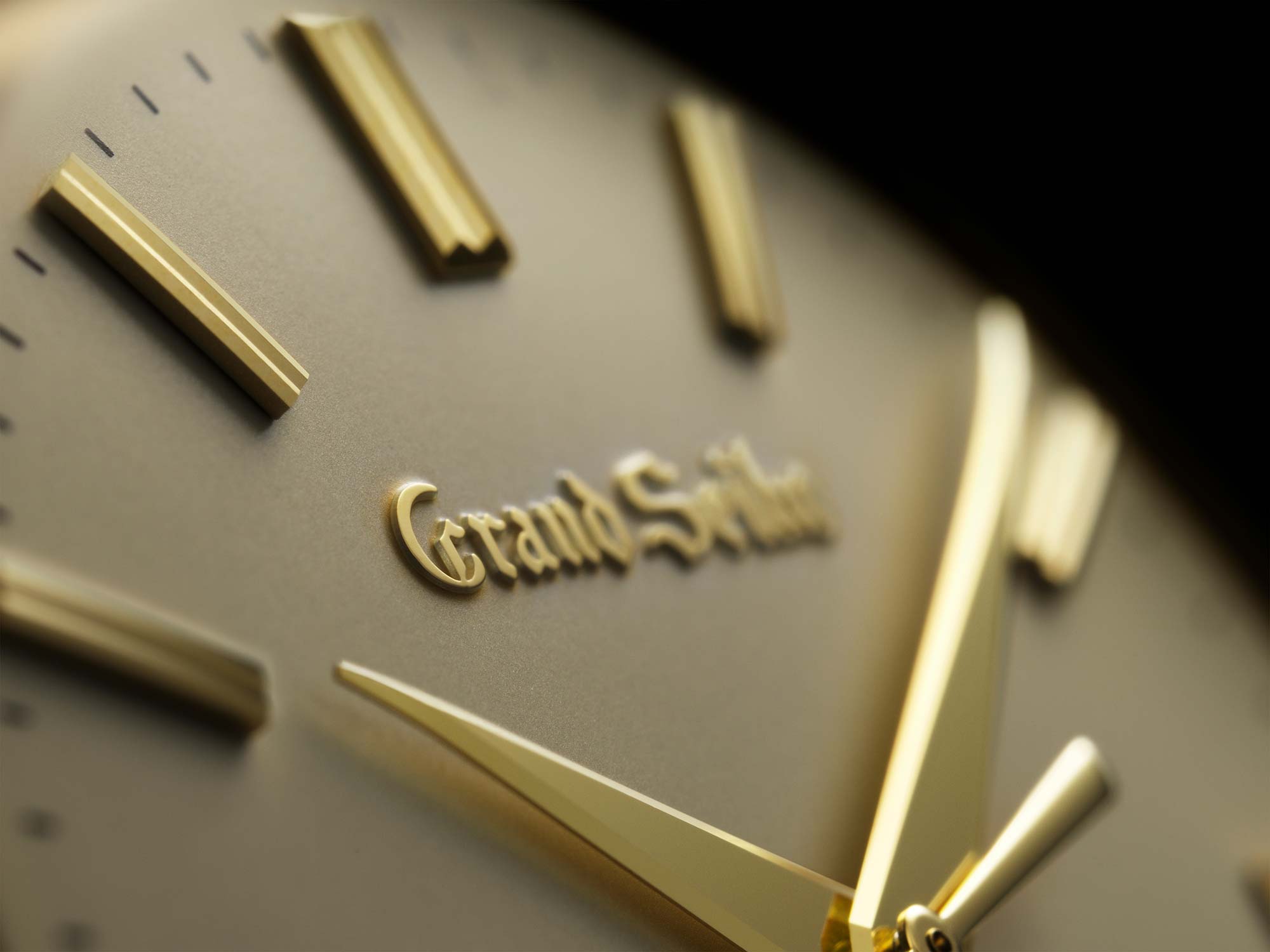
This series has unraveled “Japanese beauty” from various angles. Concluding this special feature is an article by Masayuki Hirota, one of Japan’s leading watch journalists and editor-in-chief of the Japanese edition of luxury watch magazine Chronos. Following on from Part 1, which explored the Japanese beauty in Grand Seiko’s products, Part 2 will draw near to the beauty of the brand’s spirit of manufacturing, including its after-sales service.
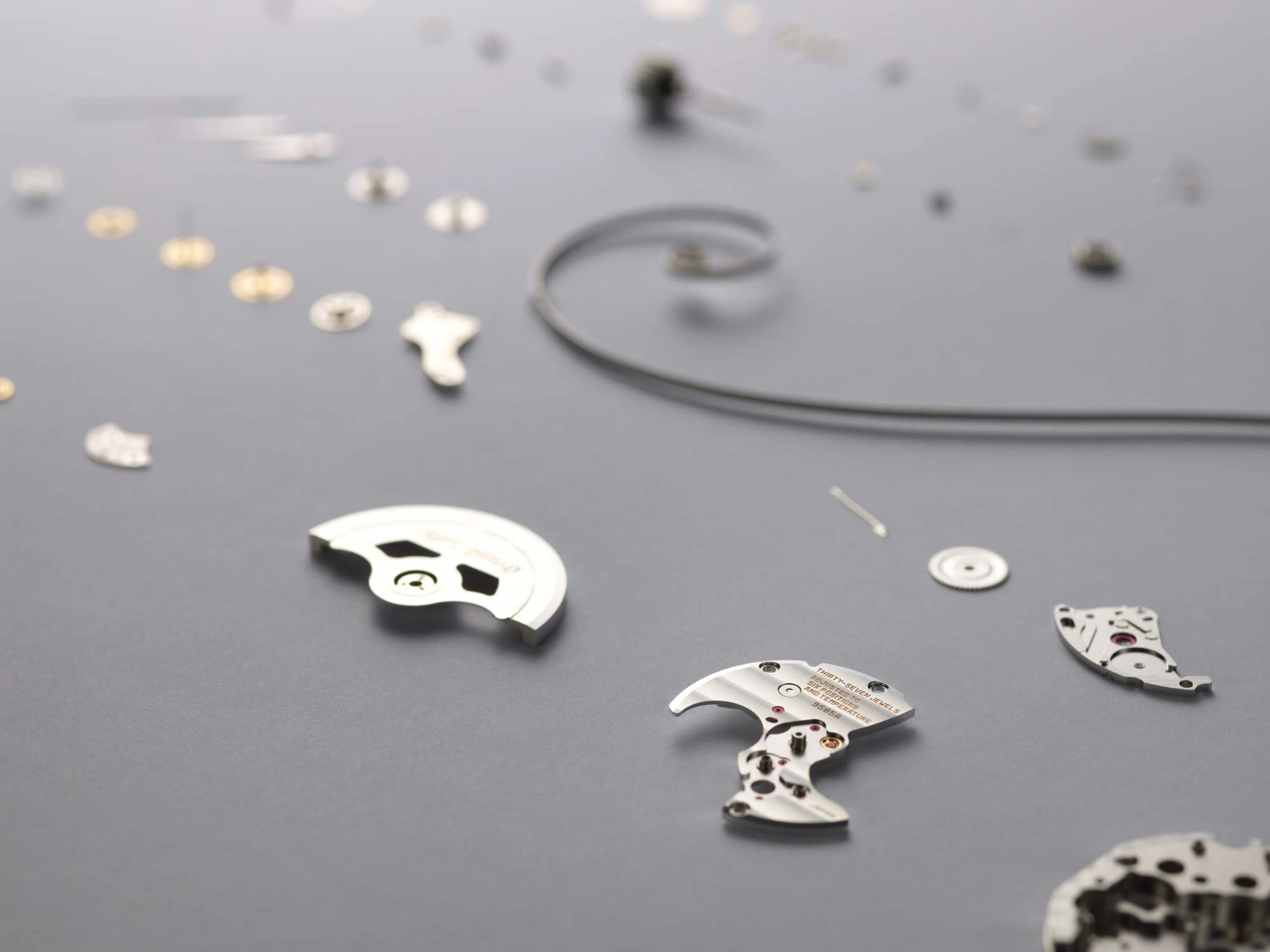
I believe that the “premium” in a watch is not in its value but the pleasure of owning and being able to use it for many years. Following the revival of its mechanical movement in 1998, Grand Seiko’s emphasis on this idea in its philosophy seems unmistakable. In fact, such an ethos also relates to a uniquely Japanese sense of beauty.
The first thing Grand Seiko does to extend the life of its timepieces is to make the parts robust and durable. Today, they are manufactured to be harder and stronger than those of high-end Swiss watchmakers.
In addition, the assembly of the movement involves the application of lubricating oil to some parts, an essential procedure for the smooth working of the gears and other metal components. However, the movement becomes sluggish as the oil dries up over time, causing the parts to wear out and damaging the watch. Grand Seiko has adopted new technology to improve the precision with which parts are made while also revising their shape to reduce weight. Furthermore, advances in oil retention have led to the evolution of a wristwatch less prone to running out of oil despite its high-beat movement.
Another feature of Grand Seiko, which I consider to be of particular significance, is that while both the mechanical and Spring Drive movements achieve high accuracy, the torque of the mainspring that drives the watch is kept smaller than that of foreign brands. Grand Seiko’s mainspring is already difficult to break in the first place, but by minimizing the torque it generates, the parts’ wear and tear are prevented substantially. So, there is a gentleness at the root of their manufacturing.
It goes without saying that this is also made possible due to the meticulous design of the gears and other components that allows them to work efficiently, as well as the system of production that makes their manufacture possible with such high precision. As a result of these accumulated innovations, Grand Seiko watches have become durable and long-lasting.
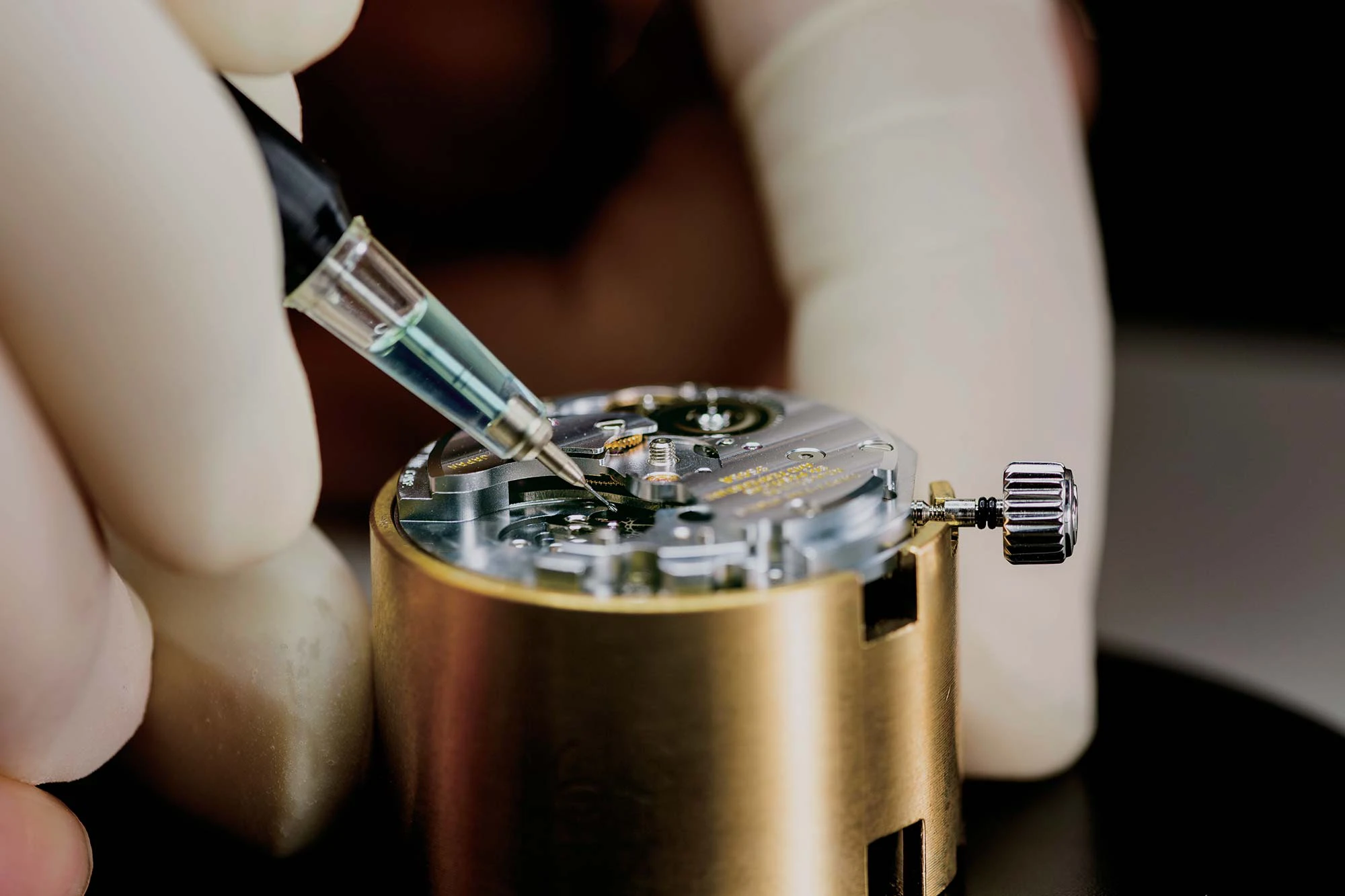

This aesthetic sense of “long-lasting use” is not only reflected in the design but also Grand Seiko’s after-sales service. This year, the warranty period for Grand Seiko timepieces was extended from three to five years. Based on the guidance of technicians with advanced expertise, inventories of all the components required for repair are held for more than ten years, even after a model has been discontinued. The company’s support system responds to various repair needs to the greatest extent possible, but the story goes far beyond such a comprehensive safety net.
When a mechanical watch is sent in for servicing, most brands replace the mainspring, gears, barrels, and other parts, or in recent years, the entire movement. Grand Seiko, on the other hand, does its utmost to retain the original parts, placing importance on making full use of the existing components.
Take 9F Quartz, for example. The quartz crystal is responsible for the accuracy of quartz watches. In the case of 9F, each crystal is “aged” by applying a constant voltage for ninety days to compensate for the slight deviations in their properties. Nevertheless, the crystal’s properties gradually change with use. Surprisingly, the properties of the quartz crystal can be recalibrated during servicing, and the IC is readjusted accordingly.
Left: In the case of servicing quartz watches, the properties of the quartz crystal are recalibrated, and the IC is readjusted accordingly.
Right: Using laser welding, scratches are filled and polished to attain surfaces extremely close to their original state.
While it is common for many brands to replace the quartz movement in a watch, few other brands besides Grand Seiko would go to such lengths to service them. I believe they can do this because they precisely understand each quartz crystal’s characteristics.
Meanwhile, the standard treatment for scratches on the case first involves applying Zaratsu polishing to prepare the surface, followed by a buff finish to give it a shine. In the case of deep scratches, however, simply planing and polishing the surface will reduce the thickness of the metal, destroying the flat surfaces and sharp ridges that are at the core of the Grand Seiko aesthetic. Hence, Grand Seiko makes every effort to bring surfaces extremely close to their original state by using laser welding to fill in the scratches before polishing.
Needless to say, in order for Grand Seiko to maintain such a posture, it is a prerequisite that the superlative skills of Grand Seiko artisans are passed on to future generations. That is why Grand Seiko has a very strong desire to train craftsmen and women. If, for example, servicing only consists of replacing the entire movement, then the watchmakers need only deal with the casing, meaning they cannot develop their skills in handling fine components or pass on their knowledge. At Grand Seiko, however, the craftsmen and women continue to handle each component, thus ensuring that skills constantly improve.
The transfer of expertise is also aided by the fact that a full-time watchmaker oversees the repair of each watch brought in for servicing, from its assessment, dismantling, cleaning, lubrication, assembly, and precision adjustment through to inspection of the movement. In the case of young technicians, veteran specialists monitor and evaluate their progress, which helps them refine their skills.
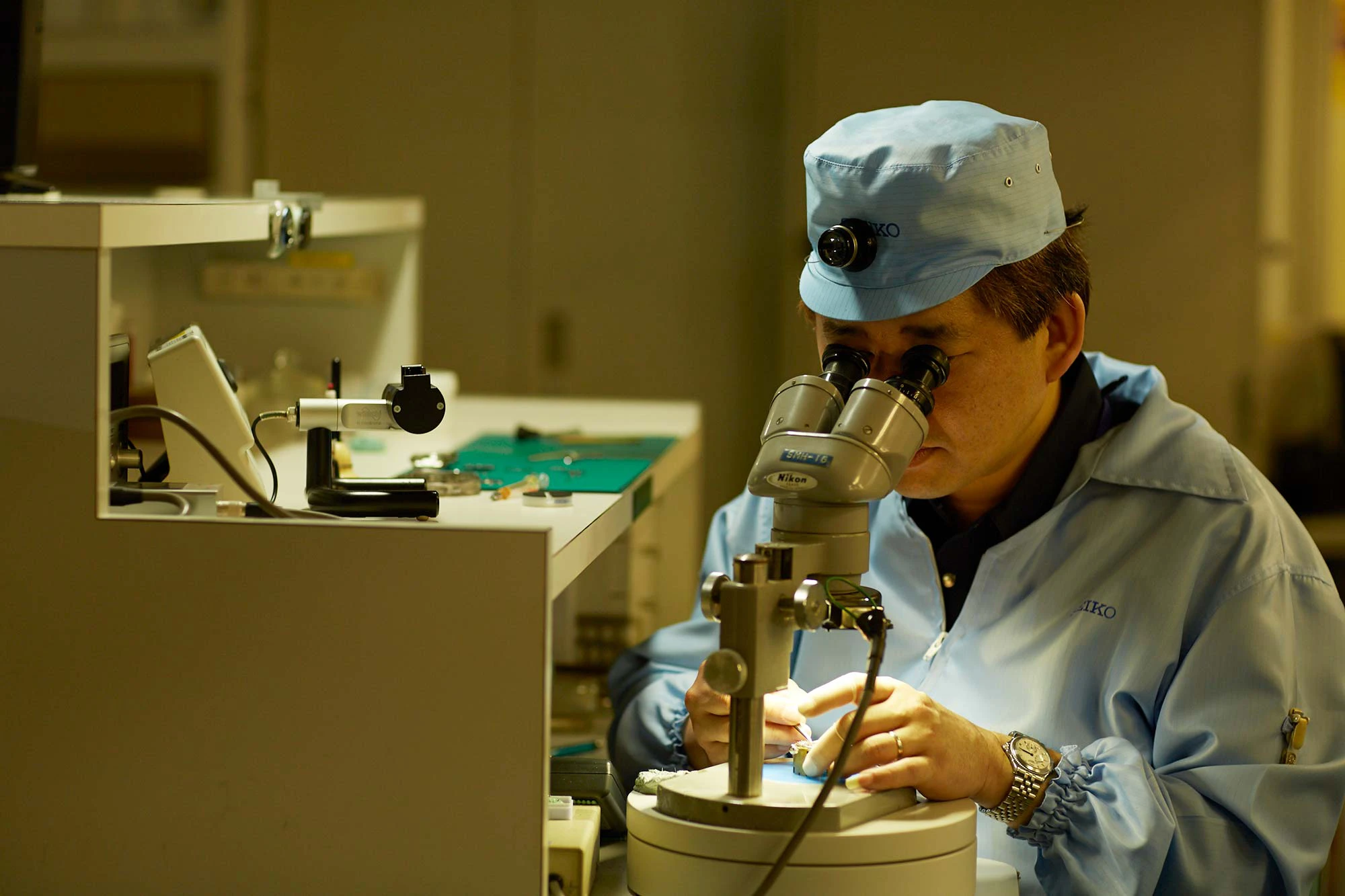
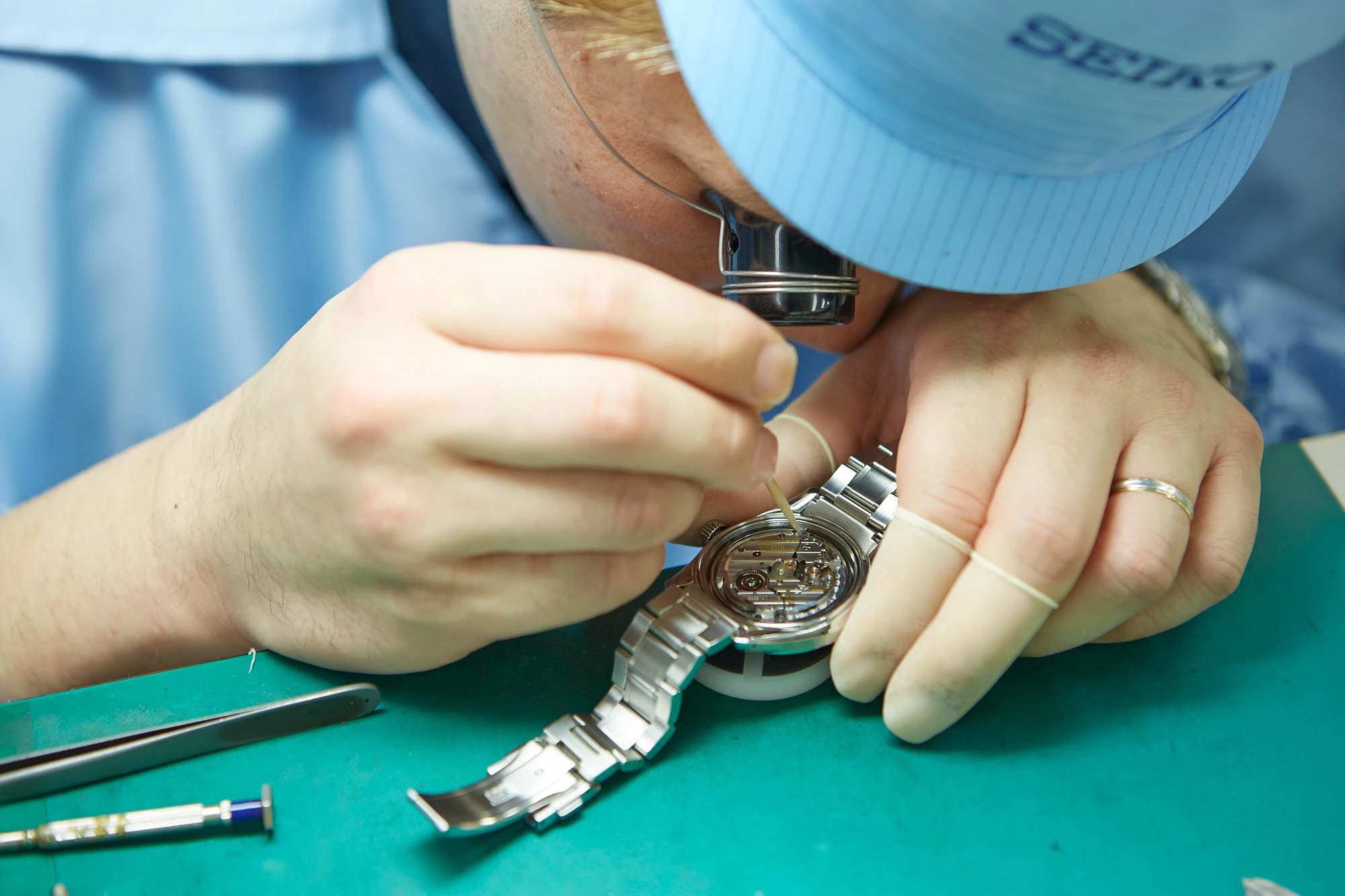
In Japan, there has long been a culture of continuing to use utensils by applying the technique of kintsugi (the Japanese traditional art of repairing pottery), and we Japanese have always cherished our attachment to objects. Watches are no different. It would be sad if the movement and form of a watch that has long served its owner were replaced. That is why Grand Seiko repeatedly uses parts designed to be long-lasting without replacing them, returning the watch to its owner in a condition close to that in which it was purchased. The Japanese sense of beauty can be discerned in the very idea that underlies such after-sales service.
The manner in which Grand Seiko focuses on the essence of “long-lasting use” and refines the skills necessary to achieve it has its roots in values that the Japanese have traditionally sought in luxury and high-quality products. It may be said that the Japanese typically do not speak out in an exaggerated fashion, but in fact, I believe this is how luxury watches ought to be.
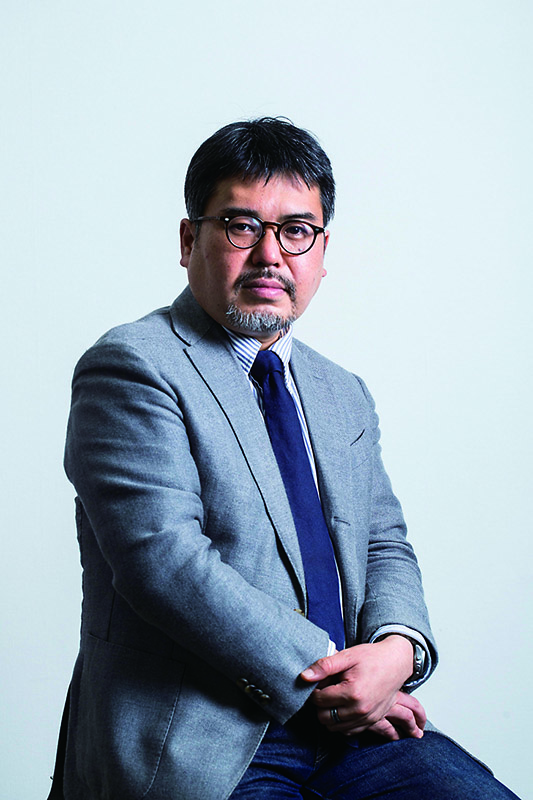
Masayuki Hirota
Born in 1974 in Osaka Prefecture. Watch journalist. Editor-in-Chief of the Japanese edition of Chronos, a luxury watch magazine. He actively writes for various magazines and web magazines in Japan and overseas. Co-author of A Japanese History of Time: How the Japanese Have Created ‘Time’ and Japan Made Tourbillon (Nikkan Kogyo Shimbun), among other publications.
text = Akiko Inamo
photography = Yu Mitamura